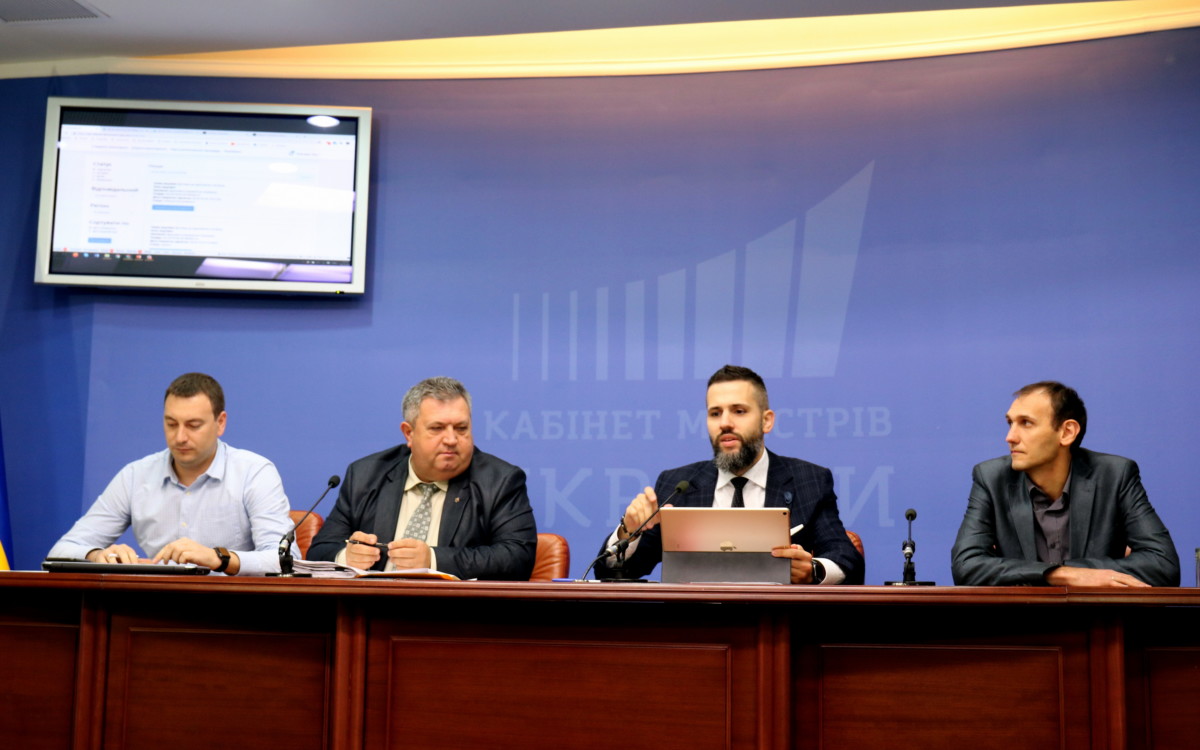

The system that automatically identifies suspicious tenders and sends them to the State Audit Service of Ukraine has started working in ProZorro. The new extended monitoring by public auditors was enabled by adoption of draft law No. 4738-d at the end of 2017.
Now, public auditors have special profiles in the ProZorro system where they will receive information on tenders that should be checked based on risk indicators.

The new system coming online was announced on 30 October by Maksym Nefiodov, First Deputy Minister of Economic Development and Trade, Oleksandr Shkuropat, Deputy Head of the State Audit Service of Ukraine, Oleksandr Vinnytskyi, Deputy CEO of SE Prozorro and Ivan Lakhtionov, DOZORRO coordinator.
What Are the Indicators?
Currently, there are 35 indicators, but the number may still change. They include violations of the bidding procedure, bidding participants not having powers to participate, absence of digital signatures, violations of review deadlines, absence of the concluded agreement, absence of uploaded tender documentation, absence of the description of the procured item, a large quantity of lots included in one tender etc.
How Will the Monitoring Be Performed?
Tenders will be automatically checked based on 35 risk indicators, and based on the total result of this verification, they will be transferred for review to the State Audit Service. The monitoring will take up to 15 working days. All the actions of the auditors will be made public in the system. The decision to initiate monitoring must be published in ProZorro within two working days from the moment of this initiation. Then, the auditors have to upload their conclusions into the system. Procuring entities will have three working days to eliminate the identified violations. If they disagree with the decision of the SASU, they can publish their dissent and lodge a complaint with the court.
Reaction of Procuring Entities to Monitoring
The law has made it mandatory for procuring entities to react to recommendations and comments. If the procuring entity fails to react to provided advice, public auditors will carry out comprehensive inspections or fine the procuring entity in question.
Earlier, the State Audit Service used to react to violations in tenders that had already been completed. That is, when all agreements had been signed and all the money had been transferred. The new monitoring system is designed to prevent violations instead of punishing procuring entities for them.
The new system will also enable the public to see the exchange between any procuring entity and the supervisory agency. Before, they only communicated on paper.






